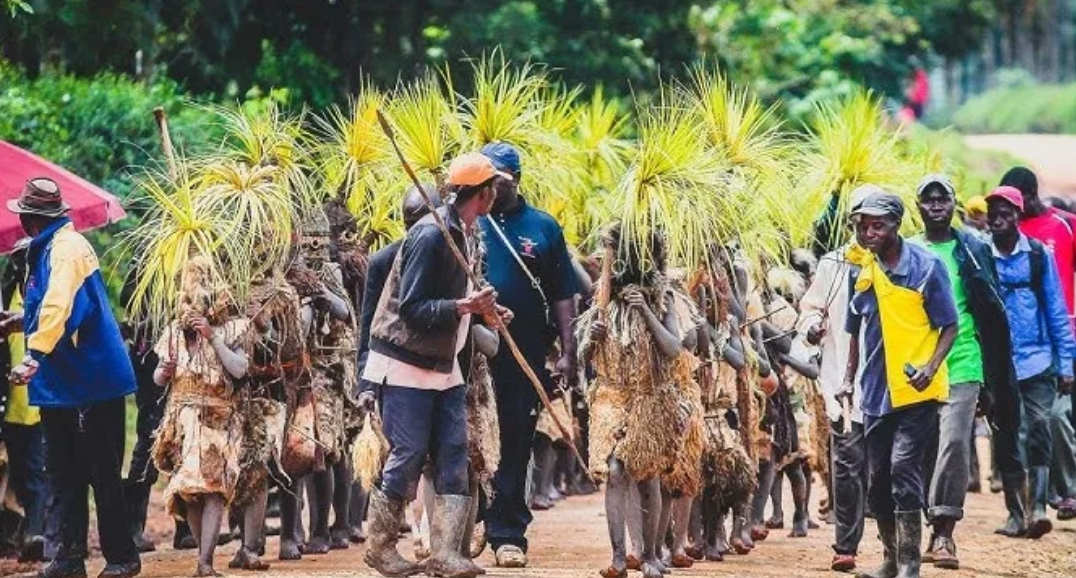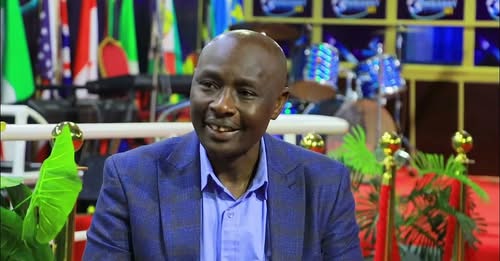By Victor Ochieng’
vochieng.90@gmail.com
Last weekend, I had the privilege and pleasure to visit two top schools in Samburu County under the patronage of the Catholic Diocese of Maralal. I was hosted by the perspicacious priest called Father Peter Musau. The level-headed cleric doubles up as the rector of Good Shepherd Minor Seminary and director the Irene School. These fountains of knowledge, act as the oasis in the desert. They provide hope and help; education and exposure – to the sons and daughters of Maa – that hail from that vast region.
Dear reader, you can visit this great county, Samburu, using two alternative routes. One; is Nyahururu – Rumuruti – Maralal. The other way to make entry into Samburu is to go through Isiolo – Archer’s Post – Wamba. Maralal is a special town because it hosts a historic house that is perched on the epic peak of a small hill. Being part of culture and tradition, the house hums with fond memories. It is called Kenyatta House because it is where Jomo Kenyatta, our founding father was holed up at the sunrise of 1960s. Legend has it that it is where our incumbent president saw sunrise for the first time. The house is now a state-owned property classified under the Kenya National Museum.
That put aside, my visit to these two schools, made me think about what makes great schools. In my cache of experience with several schools across the country, myriad of factors ruled my mortal mind. Albeit, this one remains quite preponderant: Great schools are built on firm foundation of culture and tradition. Culture, as historians would posit, is the way of life. Tradition on the other hand focuses on transmission of customs or beliefs from generation to generation.
Culture and tradition is what the late Edward Carrey Francis focused on at Maseno School and later Alliance High School; started in 1906 and 1926 respectively. That, of course, makes the two boys’ schools to stand out as the G.O.A.T: Greatest of All Time. Old boys of Alliance have sweet and pleasant tales about their alma mater. This great educationist instilled diligence and discipline in his disciples. He shaped their attitudes, mindsets and beliefs, at their fledgling age. He had confidence in the learners and would not allow them drop out of school. Every Friday, he delivered pep talks to infuse lives of learners with hope and help. Topics for such incisive sessions were wide and broad – touching on morality, Christianity and acceptable code of conduct. It is also the same thing Dr. Geoffrey William Griffin focused on at Starehe Boys’ Centre, a premier school for the boy child started in 1959. In his heydays, Dr. Griffins was keen to inculcate in boys a culture of hard work and service. That makes the alumni of this school to stand out in the market place and world of work. Before Dr. Griffins bid this world adieu, he is remembered to have uttered these wise words, “My dear sons, I have had a fruitful and happy life, and I have learnt one great lesson that I would like to share with you. I hope that Starehe will always teach this lesson – for as long as it does so, it will remain a great school. This world is full of people who do their duty half-heartedly, grudgingly and poorly. Don’t be like them. Whatever is your duty, do it as fully and perfectly as you can. And when you have finished your duty, go on to spare some time and talent in service for less fortunate people, not for any reward at all, but because it is the right thing to do. Follow my advice in this and I promise you that your lives will be happy and successful. May God bless you all.”
Therefore, sagacious school arrowheads think deeply and find wonderful ways to preserve unique aspects of culture and tradition set by the founders of various institutions. In case that is not done, then the school easily becomes a pale shadow of its former self. Things begin to go south. Without citing classic cases, we have seen some head honchos running down great schools that were once anchored on legendary culture and tradition.
For Father Peter Musau of Maralal, the case is totally different. He is a priest who is keen to build an admirable culture and tradition for the two schools he is steering towards the shores of stunning success. I ascertained that he strives to establish a unique culture for the schools by focusing on riveting rites, rituals and routines. Being Christian schools, a lot of premium is put on spiritual practices like prayer – the best expression of piety.
Again, when you read the special administrative documents of the two schools like the school Strategic and Development Plans, you will meet what he calls as the Pillars of Human Formation: Intellectual formation, human formation, physical formation, psycho-spiritual formation. This is in tandem with what proponents of Sociology call Education – a multi-dimensional concept. Good education does not just focus on formal, informal and formal forms, but also dissects dimensions of education as normative, cognitive, dialogical and sociological in their entirety and totality.
This is in order, because students should be informed, formed and transformed. The acquisition of insightful information leads to formation, which triggers transformation. Transformation implies formation while in transit. As they climb class ladders, there should be some sort of useful change injected in them. That can only be realised if schools become true centres of learning, which is change of behaviour and attitude.
Every corner of this country should have great schools built on firm foundations of culture and tradition. With such trends, we shall be able to convince learners that places don’t make people, but people make places. For the schools to be great, it requires the concerted efforts of the three stones in the hearth of the school: teachers, students and parents.






